Product Description
Acoustic Treatments in the Primacoustic London 16 room kit
Example London 16 Applications
Here are two examples of how to use the Primacoustic London 16 ‘studio in a box’ room kit.
EXAMPLE 1: LEDE Mixing / Listening Room using the Primacoustic London 16
One application for the Broadway London 16 room kit is to create a mixing / listening space based on a Live End, Dead End control room. The images above shown an example project studio set up this way but you can also apply the concept to a listening room or home theater.
Here, the front end of the room is surfaced with broadband absorption with the goal of creating a reflection free zone (RFZ) around the listener. This allows for accurate listening. Less absorption is used in the back end of the room to preserve some liveliness. If you add diffusers there, the live end can also create an enhanced sense of spaciousness in the room.
If your listening position is 10 feet or more from the back wall, consider adding diffusion as shown in the RPG Room Correction Kit. However, if your listening position is less than 10 feet from your back wall, we recommend you absorb back wall reflections instead of diffusing them.
EXAMPLE 2: Treating a Vocal Room using the Primacoustic London 16
Here’s how to apply the acoustic treatments in the London 16 to treat a 10’ x 12’ vocal room or small voiceover studio.
General Strategy: In this case we want to apply heavy absorption to avoid ambience in your vocal room, but provide a few reflections so the room does not sound anechoic.
Walls: Add as much absorption to your walls as possible, particularly the back wall (the wall you face away from while recording). You can use the Primacoustic Control Columns for this, but in the perfect world, if you had a professional studio, you would cover that entire wall with thick absorption down to the lower limits of the vocal range (about 90 Hz).
Ceiling: To prevent flutter echo and absorb first reflections from the ceiling, add broadband absorption (such as Scatter Blocks, Control Columns or Broadband Panels) to your ceiling above the recording position. 1” thick is a minimum, 2” thick is better. As a rough guideline, broadband absorbers 1” thick tend to be effective in the range of 1000 – 4500+ Hz, while 2” absorbers tend to be effective in the range of 500-4500+ Hz.
Extra Bass Trapping: Mount additional bass traps (or Broadway Broadband Panels) straddling the top and bottom corners of your room. The more bass trapping, the better.
If you run out of space for bass trapping, use any extra Broadway Panels as absorption on the back wall (first priority), side walls, ceiling and front wall. You can also double up the thickness of your panels at the wall corners to increase the bass trapping effectiveness.
Recommended Enhancements to the Primacoustic London 16
To address the low frequency acoustics in your room we recommend enhancing the London 16 room kit with additional bass traps such as the Primacoustic MaxTrap (corner-mounted), FullTrap (wall-mounted) or the RPG Modex Corner.
A ceiling cloud will also help improve listening clarity by absorbing first reflections from the ceiling and eliminating flutter echo between the floor and ceiling.
For a complete room treatment solution, supplement the Primacoustic London 16 with extra bass traps, a ceiling cloud and diffusers (depending on the size of your room). Or, if you’re looking for the ultimate studio in a box room treatment kit, consider the RPG AcousticTool Level 3 Room Correction Package.

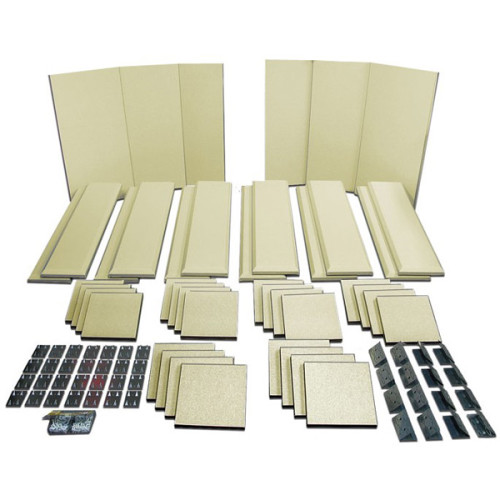
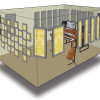
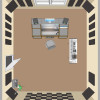
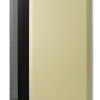

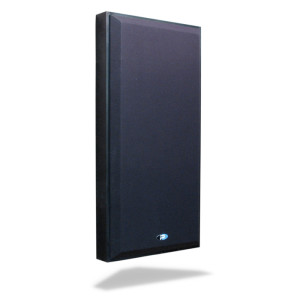
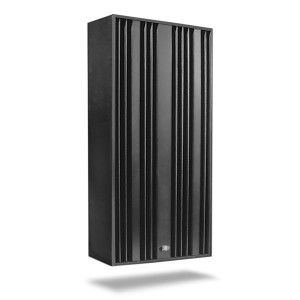
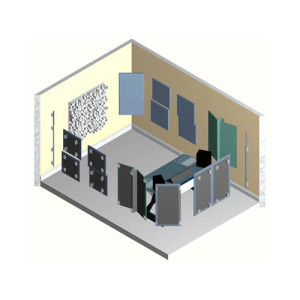
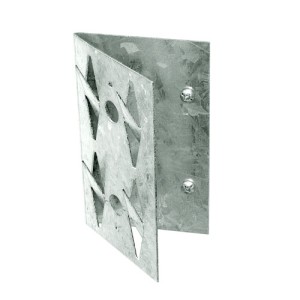
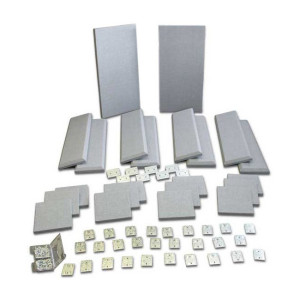
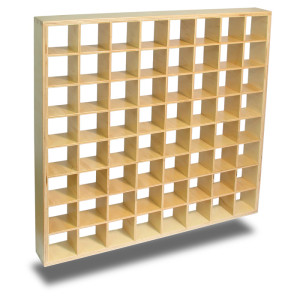
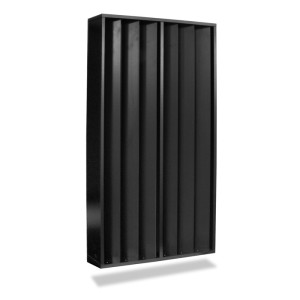
Reviews
There are no reviews yet.